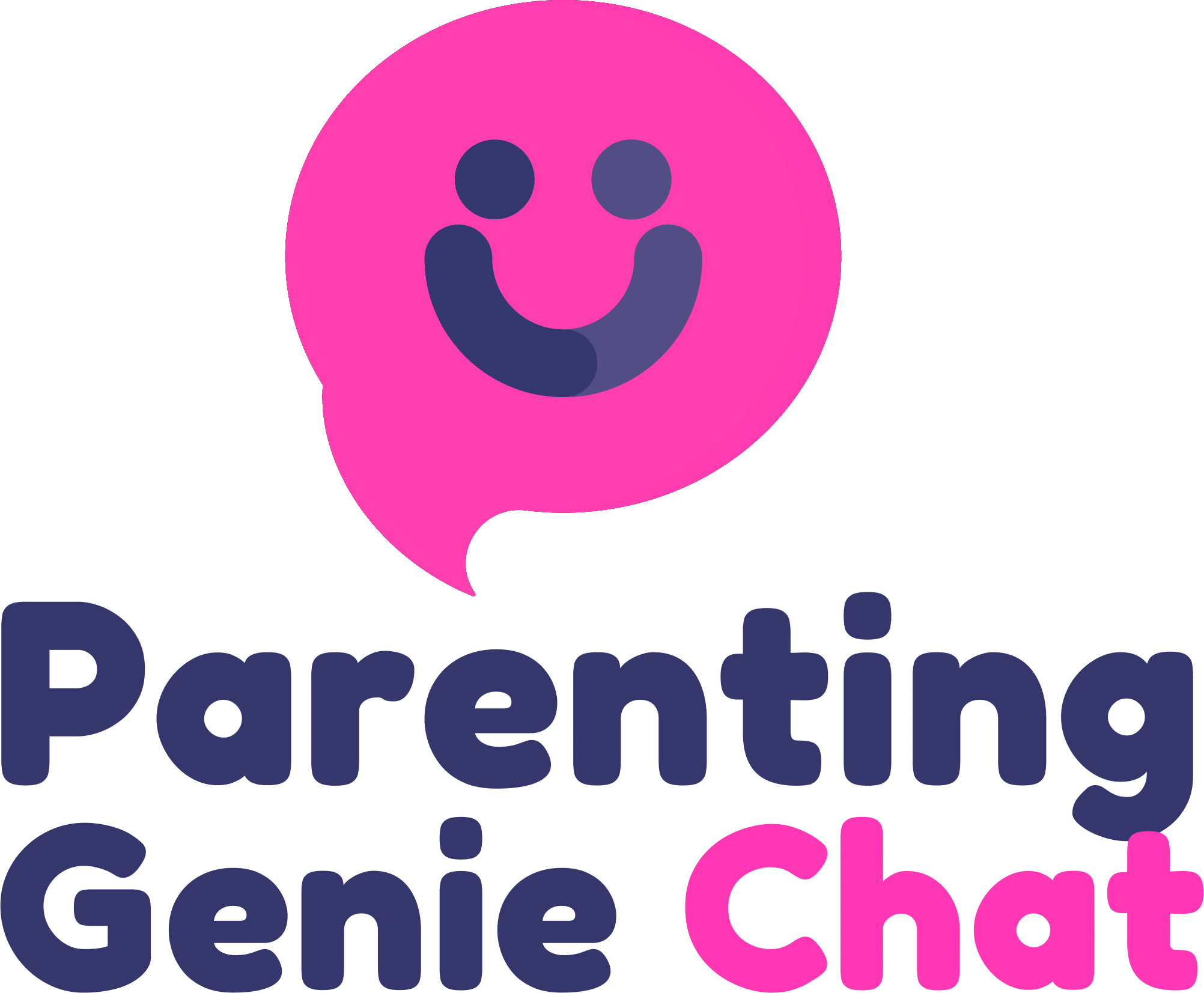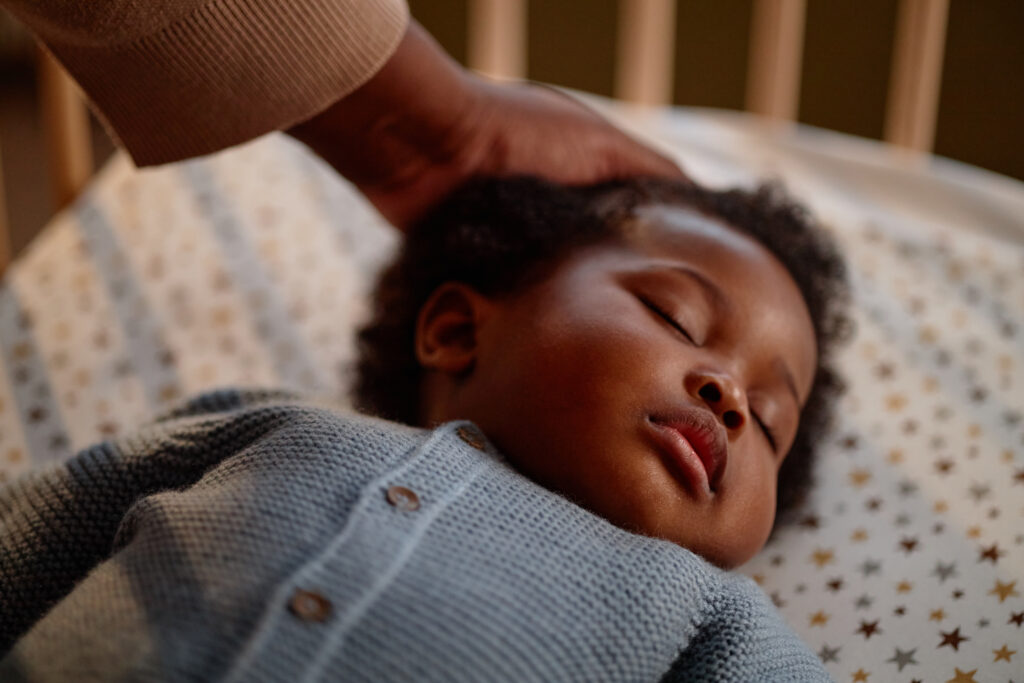
- +61 1300 704 750
- admin@parentinggenie.com.au
- PO Box 706, Townsville, QLD 4810

Genie Chat

It’s 3 a.m. and your baby cries again. You’ve rocked, fed, and soothed, yet sleep through the night feels impossible. Many parents hear about “sleep training” but wonder — what actually works, what doesn’t, and how can they help their baby sleep better without waiting months for professional guidance? Sleep Training Your Baby!
This guide breaks down the most common sleep training methods, the myths surrounding them, and why accessible online solutions like Parenting Genie’s Baby Sleep Online Course and Genie Chat can be the difference between sleepless nights and restful routines.
Sleep training involves teaching your baby to sleep independently, without relying on constant rocking, feeding, or holding. It does not mean leaving your baby in distress or ignoring their needs. Instead, sleep training uses structured sleep interventions and strategies that help babies develop healthy sleep habits.
Parents often start sleep training between 4–6 months, when infants are capable of longer stretches of infant sleep. That said, every baby is unique, and your child’s sleep cycle, temperament, and feeding needs matter.
Also called “graduated extinction,” the Ferber method involves putting your baby to bed awake and checking on them at increasing intervals. Some parents find it works quickly, but others struggle with listening to their baby’s cries.
Gentle sleep approaches focus on gradual changes, like rocking less each night or soothing while your baby is in the cot. While slower, they may be easier on parents and babies alike.
These involve staying close, providing comfort, and slowly reducing interventions. They often rely on creating a consistent sleep schedule, sleep environment, and positive routines rather than strict methods.
Research shows that babies benefit most from:
Many parents also learn that better sleep is not just about training but about teaching your baby to fall back to sleep after natural night wakings.

Traditional sleep schools and consultations can be helpful, but many families report long wait times and limited availability. That’s why online solutions are changing the game.
The Baby Sleep Online Course from Parenting Genie is designed by experts and available instantly — no waiting list, no location barriers. Combined with Genie Chat for live answers and the Parenting Genie Community for peer support, parents can find effective, compassionate solutions right when they need them most.
CTA: Why Choose Parenting Genie?
Baby Sleep Online Course – Evidence-based, simple steps for families ready to help their baby sleep better.
Genie Chat – Instant access to expert answers when you need reassurance in the middle of the night.
Parenting Genie Community – Share, learn, and connect with parents walking the same journey.
Sleep training doesn’t have to be complicated, stressful, or delayed. While traditional methods and clinics may work for some, the reality is that accessible online tools are often the simplest and most effective way forward.
Whether you’re considering the Ferber method, gentle sleep strategies, or want to create better sleep habits, remember this: babies can learn, parents can rest, and with the proper guidance, your whole family can thrive.
👉 Start today with the Baby Sleep Online Course.
👉 Ask your pressing questions through Genie Chat.
👉 Join the Parenting Genie Community for ongoing support and encouragement.
The Parenting Genie website has comprehensive resources and tools.
The Red Nose website has some valuable tips on safe sleeping for babies.